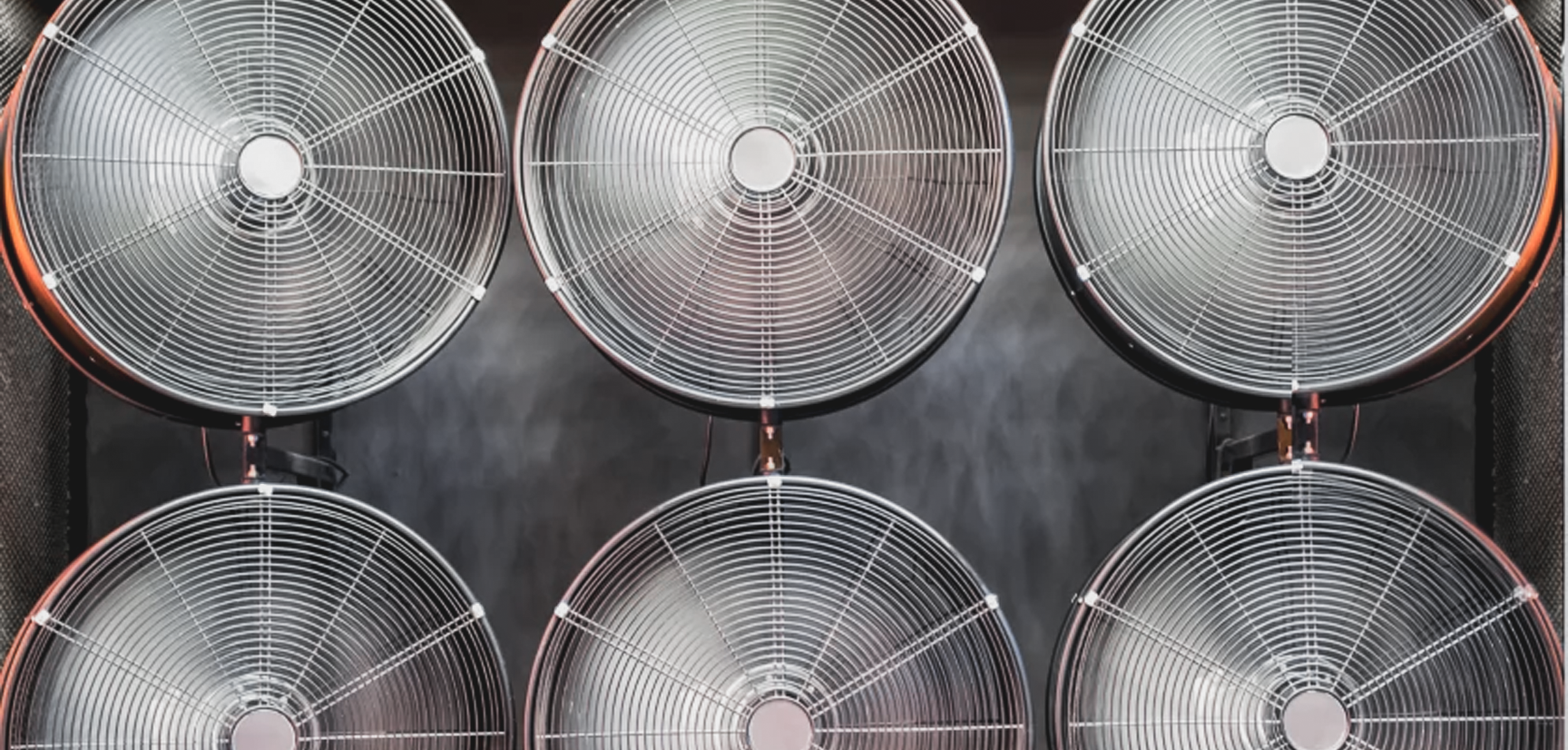FAQ
What are industrial fans?
Accreditation
Contact information and request
We offer professional fan testing. We are a leader in the field of testing and certification of ventilation equipment, operating according to the highest standards of quality and safety.
Our services are aimed at both manufacturers and end users wishing to ensure maximum efficiency and reliability of their equipment. Characteristics are determined in accordance with the standards and regulations of the ECOPROJEKT.
What does the fan testing offer look like?
In our accredited laboratory, we offer a wide range of fan testing services to ensure optimal performance and safety:
- Actual Fan Output Measurements – We precisely measure the actual air output to ensure the fan operates as expected.
- Fan Pressure Determination – We analyze and determine the fan pressure, which is crucial for assessing its efficiency and ability to overcome resistance in the ventilation system.
- Fan Performance Characteristics Determination – We conduct comprehensive tests to determine fan performance characteristics such as efficiency, pressure, and power under various operating conditions.
- Full Compliance Testing with LVD Directive – We perform complete tests to ensure that fans meet the requirements of the LVD (Low Voltage Directive), which is essential for market entry in Europe.
- Electrical Safety Testing (B Mark) – We check the electrical safety of fans to ensure they can receive the B mark, indicating compliance with safety norms and standards.
What standards and laws are used during the study?
The characteristics are determined in accordance with the standards and regulations of the ECODESIGN:
- PN-EN ISO 5801:2017-12: Fans — Performance testing using standardized test rigs.
- ANSI/AMCA 210-07: ANSI/ASHRAE 51-07 Laboratory Methods of Testing Fans for Certified Aerodynamic Performance Rating.
- Commission Regulation (EU) No 327/2011 of 30 March 2011: Implementing Directive 2009/125/EC of the European Parliament and of the Council with regard to ecodesign requirements for fans driven by motors with an electric input power between 125 W and 500 kW. Text with EEA relevance.
Is the research covered by PCA accreditation?
Yes, our testing is accredited by the Polish Center for Accreditation (PCA). PCA accreditation confirms that our laboratory meets the highest standards of quality and reliability for the fan tests performed. This ensures that you can be sure that the results of our tests are reliable, accurate and in compliance with applicable standards and regulations. PCA accreditation is a guarantee of professionalism and competence of our team.
Industrial fan research at COCH
Fans - Key Flow Machines
Fans are fluid machines that play a key role in moving vapors and gases. They are commonly used in air conditioning, refrigeration, dust collection, drying installations, and many other applications. Depending on the design and the direction of the flow of the medium through the impeller, fans are divided into centrifugal and axial types.
Types of Fans
Centrifugal Fans: These fans intake air axially and discharge it radially, making them ideal for applications requiring higher pressure increases.
Axial Fans: These fans intake and discharge air in the axial direction, making them suitable for situations requiring higher airflows.
Classification of Fans by Pressure Increase
Fans can be categorized into three types based on the magnitude of the pressure increase ΔPc they achieve:
- Low-pressure Fans: ΔPc up to 720 Pa.
- Medium-pressure Fans: ΔPc from 720 to 3600 Pa.
- High-pressure Fans: ΔPc from 3600 to 30000 Pa.
Other Criteria for Classifying Fans
Fans can also be classified based on:
- Installation Method: Suction, suction-discharge, discharge.
- Application: Explosion-proof, roof, pneumatic transport.
- Number of Impellers: Single-stage, multi-stage.
- Method of Medium Intake: Single-intake, double-intake.
Key Fan Parameters
The performance characteristics of a fan depend on several key parameters:
- Flow Rate: The volumetric flow rate of the medium moved by the device.
- Pressure Increase: The difference between the total pressure at the outlet and the total pressure at the inlet.
- Power Requirement: The energy needed to drive the fan.
- Useful Power: Calculated as the product of the flow rate, total pressure increase, and a correction factor accounting for the compressibility of the gas.
- Overall Efficiency: The ratio of useful power to shaft power.
Fan Characteristics
The purpose of fan testing is to determine its characteristics, which show the internal working conditions of the fan, depicting the relationship between pressure and volumetric flow rate. For each fan and each rotational speed, there is a characteristic curve that can be determined experimentally. Knowing this characteristic is essential for the proper selection of a fan for specific applications and for evaluating the correctness of its operation.

Accreditation
Quality accreditation - a guarantee of trust
The AB 308 Refrigeration Equipment Laboratory is accredited by the Polish Accreditation Center and specializes in testing refrigeration equipment.
Our team consists of qualified and experienced specialists who offer comprehensive assistance in the process of preparation for testing and the refrigeration equipment tests themselves. With our services, we provide customers with reliable and professional service at every stage of cooperation.


Contact information
Below you will find a list of contact information for COCH Refrigeration Equipment Laboratory
General Affairs
Laboratory manager
mgr inż. Dorota Niedojadło
+48 12 637 08 57
+48 667 600 635
laboratorium@coch.pl

















































